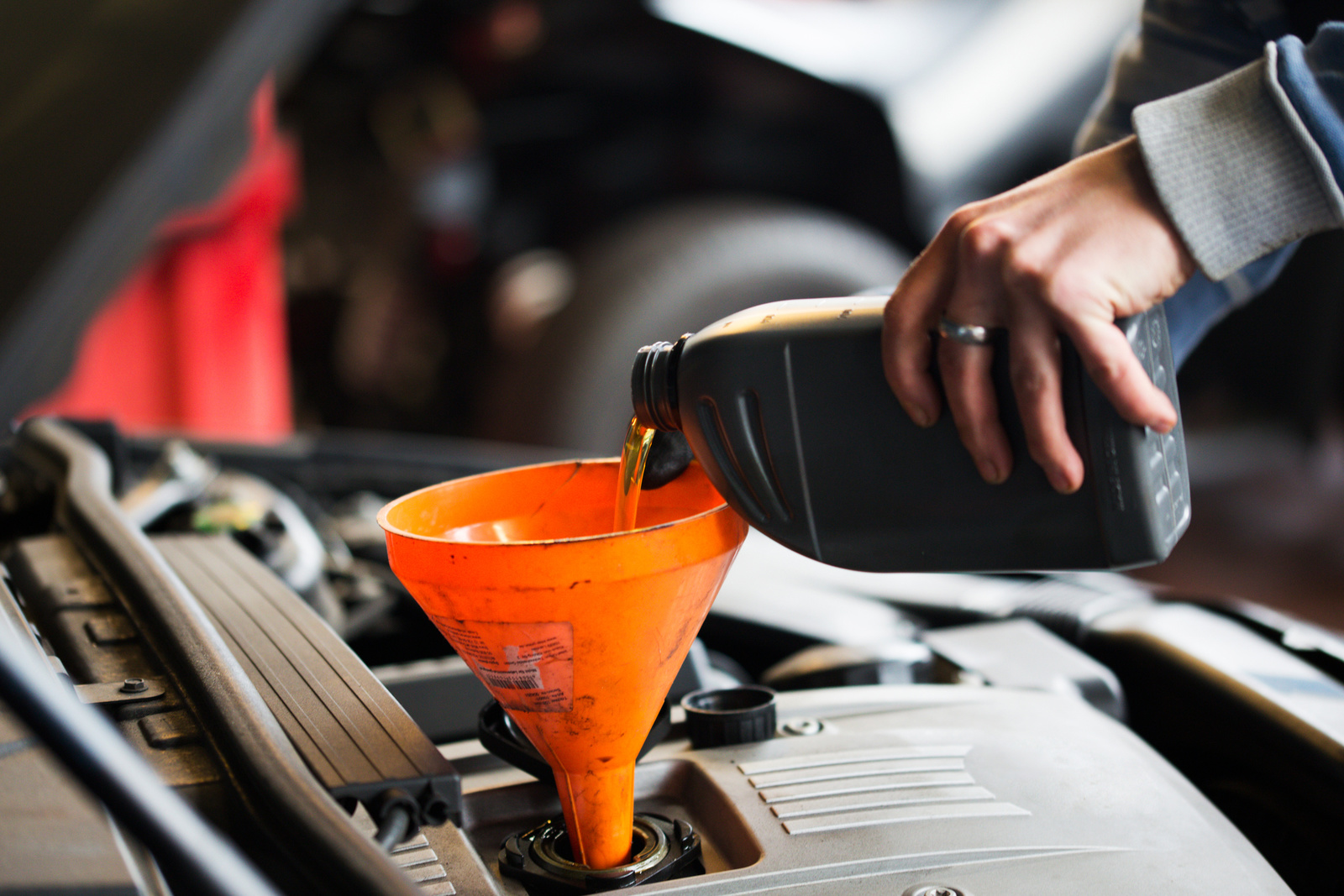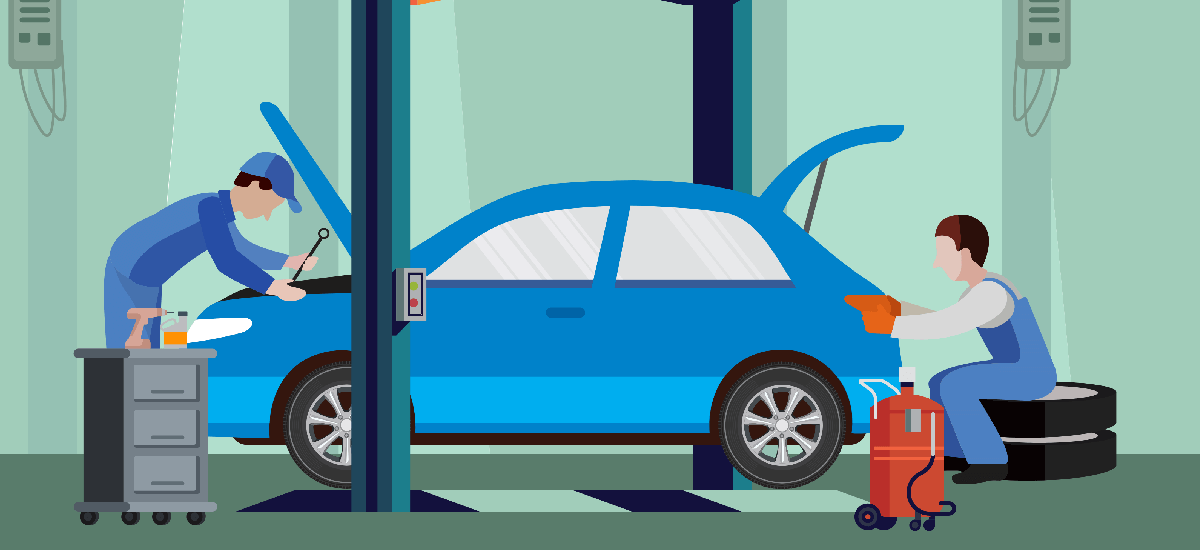All Categories
Featured

Your automobile's stopping system is important for your safety and security, so recognizing when it needs interest is important. Whether it's regular maintenance or a prompt concern, addressing brake problems early can prevent expensive fixings and maintain your car operating safely. Here prevail indicators that your brakes might need repair and just how to address them:
- Squealing or Squealing Sounds. Among one of the most common indicators that your brakes require interest is a high-pitched squealing or squealing sound when using the brakes. When the brake pads are used down and require replacing, this sound typically happens. When they have actually ended up being also slim., Brake pads come with a wear sign that makes a noise to caution you.
How to Resolve It: If you listen to screeching, it's time to schedule a brake inspection. If the pads are certainly put on down, replacing them will certainly resolve the trouble. Long term use worn-out pads can harm various other elements like the rotors, so it's best to deal with the problem quicker as opposed to later on.

- Grinding Sounds. Grinding noises are an extra severe problem and usually suggest that the brake pads have actually worn down entirely, creating metal-to-metal call in between the pads and the blades. This can result in significant damages to the blades, bring about costly repair services otherwise attended to immediately.
Exactly How to Address It: If you hear grinding sounds, it's vital to get your car checked right away. Depending upon the damage, both the brake rotors and pads might need to be replaced. Remaining to drive with this problem could bring about more damages and risky driving conditions.

- Vibrating or shaking Brake Pedal. It can be an indication that the brake blades are deformed or uneven if you notice a vibration or pulsation in the brake pedal when you apply stress. This irregular surface causes the brake pads to make irregular contact with the rotors, leading to resonances really felt through the brake pedal.
Just How to Address It: Deformed rotors are a typical source of this issue. They might need to be resurfaced or changed, depending on their problem. A technician can evaluate the blades and suggest the most effective strategy.
- Soft or Squishy Brake Pedal. A mushy or soft brake pedal, which sinks to the floor when you push it, usually shows an issue with the brake fluid. Maybe that there is air in the brake lines, or the brake liquid is reduced because of a leak.
Exactly How to Address It: If the brake pedal really feels soft, check the brake liquid degrees. Low fluid might aim to a leakage or contamination. The brake lines may need to be hemorrhaged to get rid of air, and the liquid may require to be changed. A mechanic will certainly also evaluate for leakages in the system.
- Pulling away. If your car pulls to one side while stopping, it might imply that the brake pads are putting on erratically or that a brake caliper is malfunctioning. This can trigger unequal braking force on each wheel, making it more difficult to stop the auto right.
Just How to Address It: Drawing can also be brought on by problems with the suspension or alignment, however it's critical to have your brakes examined initially. If the brake pads or calipers are the problem, they may require to be changed or repaired.
- Brake Warning Light. Lots of contemporary lorries are furnished with a dashboard brake cautioning light that indicates an issue with the stopping system. It's crucial to address it promptly. if this light brightens.
Exactly How to Resolve It: The brake warning light can come on for different reasons, consisting of reduced brake fluid, damaged pads, or a more significant brake system problem. A technician can perform a complete diagnostic check to determine the origin and recommend proper repair services.
- Longer Stopping Distances. It can be an indication that the brake pads are worn down or that the brake liquid is low if you see that your vehicle takes longer to quit than usual. This can affect your car's stopping power and boost the danger of crashes.
Exactly How to Address It: Arrange a brake inspection to identify whether the pads require replacing or if there's a trouble with the brake fluid. It's important to resolve this issue as quickly as possible to keep your cars and truck's safety and efficiency.
Verdict. Normal brake inspections and punctual repairs are essential for your automobile's safety. Disregarding brake issues can lead to a lot more significant troubles down the roadway, but prompt repair services can assist guarantee your car quits safely when you require it to.
Latest Posts
Searching for Auto Repair in St. Louis? Visit Car-X St. Louis for Expert Solutions
Published May 12, 25
1 min read
Full Circle Strategic Marketing's Expertise Throughout Diverse Industries
Published May 12, 25
2 min read
Discover Your Vision Correction Journey Close By – Eye Center South Specialists
Published May 12, 25
1 min read
More
Latest Posts
Searching for Auto Repair in St. Louis? Visit Car-X St. Louis for Expert Solutions
Published May 12, 25
1 min read
Full Circle Strategic Marketing's Expertise Throughout Diverse Industries
Published May 12, 25
2 min read
Discover Your Vision Correction Journey Close By – Eye Center South Specialists
Published May 12, 25
1 min read